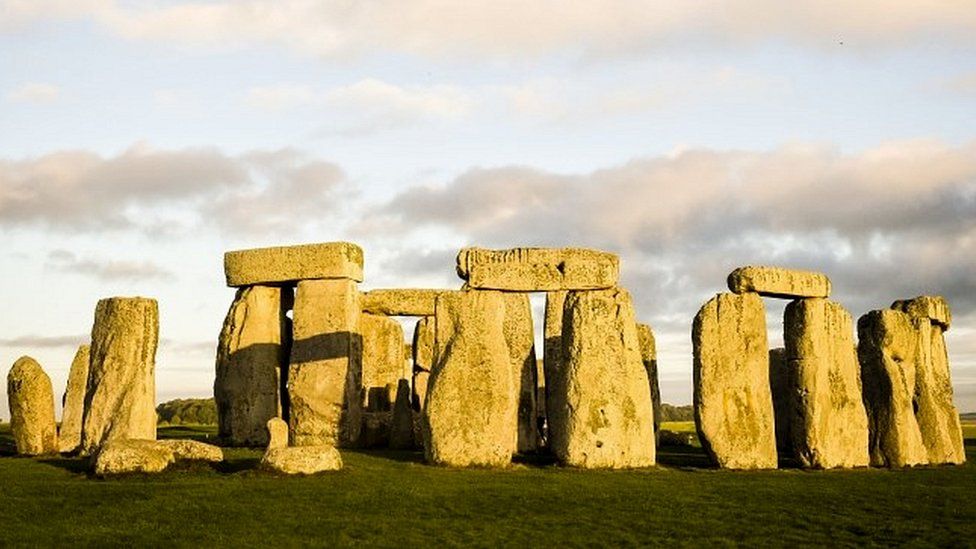
Centuries old iconic monument Stonehenge in Wiltshire, England has captivated the imagination of tourists for centuries. This archeological site has a mysterious origin, which has made it famous around the world.
Visit StonehengeVisit.co.uk to know more about Stonehenge’s history and significance.
Here are some interesting realities about Stonehenge unraveled
- Age and Construction: The construction of Stonehenge dates back to the late Neolithic period and early Bronze Age. Nevertheless, it was erected in several phases. It started around 3000 BC and spans approximately 1,500 years.
- Megalithic Monument: Stonehenge is consists of large stones, or megaliths, arranged in a circular arrangement. The structure has an outer ring of standing sarsen stones. Some stones reach up to 30 feet in height, with lintels positioned on top. Inside the circle is a horseshoe arrangement of smaller bluestones.
- Astronomical Alignment: Stonehenge is believed to have astronomical alignments, particularly during the summer and winter solstices. The Heel Stone, positioned outside the main monument, marks the direction of the rising sun during the summer solstice. This suggests that Stonehenge had a celestial significance, possibly serving as an ancient observatory or calendar.
- Transporting the Stones: One of the most puzzling aspects of Stonehenge is how the massive stones were transported and erected. The sarsen stones, weighing up to 50 tons each, were likely brought from Marlborough Downs, around 20 miles away. The bluestones, which originated in the Preseli Hills in Wales, were transported over 150 miles. The methods used to move these stones remain a topic of speculation and debate among archaeologists.
- Significance of Bluestones: The bluestones, smaller in size compared to the sarsens, hold great importance. They were transported from Wales to Wiltshire, a journey that required considerable effort. The reasons for their selection and the significance they held for the builders of Stonehenge remain unclear, though various theories propose connections to healing rituals or spiritual beliefs.
- Burial Site: Stonehenge is also assumed to be a burial site. Digging around has exposed human remains, including cremated bones and grave goods. It indicates that Stonehenge was not just a ceremonial or astronomical site, but also a place of burial and ancestor worship.
- Changing Landscape: Stonehenge was not always the isolated monument we see today. Over time the surrounding countryside has reformed significantly. Diggings have uncovered evidence of burials, barrows, and ceremonial sites in the surrounding area, which suggests Stonehenge was part of a much larger ritual location.
- Continuous Use & Modification: Stonehenge was not abandoned after its construction, but underwent modifications and continued to be used for various purposes throughout its history. The bluestones, in particular, were rearranged and repositioned multiple times. This demonstrates the enduring importance and significance of the site to successive generations.
- UNESCO World Heritage Site: In 1986, Stonehenge was chosen as a UNESCO World Heritage Site recognizing its universal importance and needs protection. Every year, millions of tourists come to explore this mysterious monument.
Stonehenge stands as a witness to ancient human creativity and the ability to create awe-inspiring monuments. Its age, construction, astronomical alignments, and mysterious purpose make it a fascinating archaeological site.






